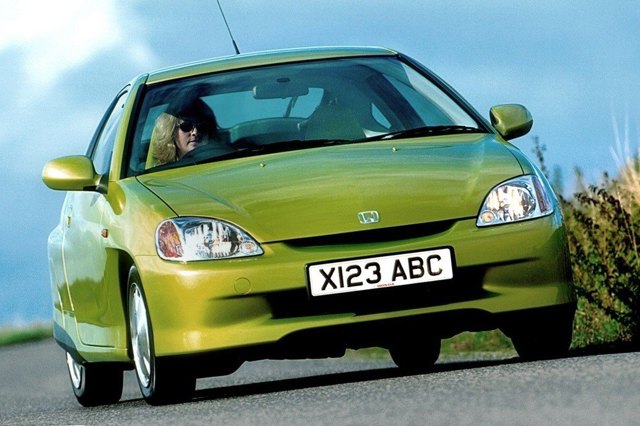Honda Insight (1999 – 2003) Review
Honda Insight (1999 – 2003) At A Glance
The Honda Insight is based on the Honda J-VX hybrid sports car concept vehicle, which was unveiled at the 1997 Tokyo Motor Show. The car took a while to get off the drawing board and on to the road, however, with the first of the Japanese carmaker's hybrid sports cars going on sale in Japan in 1999. The car eventually made it to the UK in 2000.
Power comes from a three-cylinder 1.0-litre VTEC engine which produces 67hp. Despite the low power output, the car is nippy and still fun to drive, although the most exciting thing about it is the technology on show. The lightweight Integrated Motor Assist hybrid tech adds another 13hp to the power output. But - and here's the really clever it - it acts as a generator during deccelration and braking, recharing the Insight's batteries.
It's this, plus the Insights low drag design and use of weight-saving plastics that help the car return 64mpg. Never a huge seller, the Mk1 Insight is an interesting curio and an instant classic. Find a good one and you'll pay around £3k for it.




 Extremely low CO2 emissions of 80g/km. Surprisingly nippy and good to drive. More than 80mpg is possible in real-world driving.
Extremely low CO2 emissions of 80g/km. Surprisingly nippy and good to drive. More than 80mpg is possible in real-world driving.
 Only two seats and very limited luggage space. Expensive to insure because it's costly to repair.
Only two seats and very limited luggage space. Expensive to insure because it's costly to repair.
